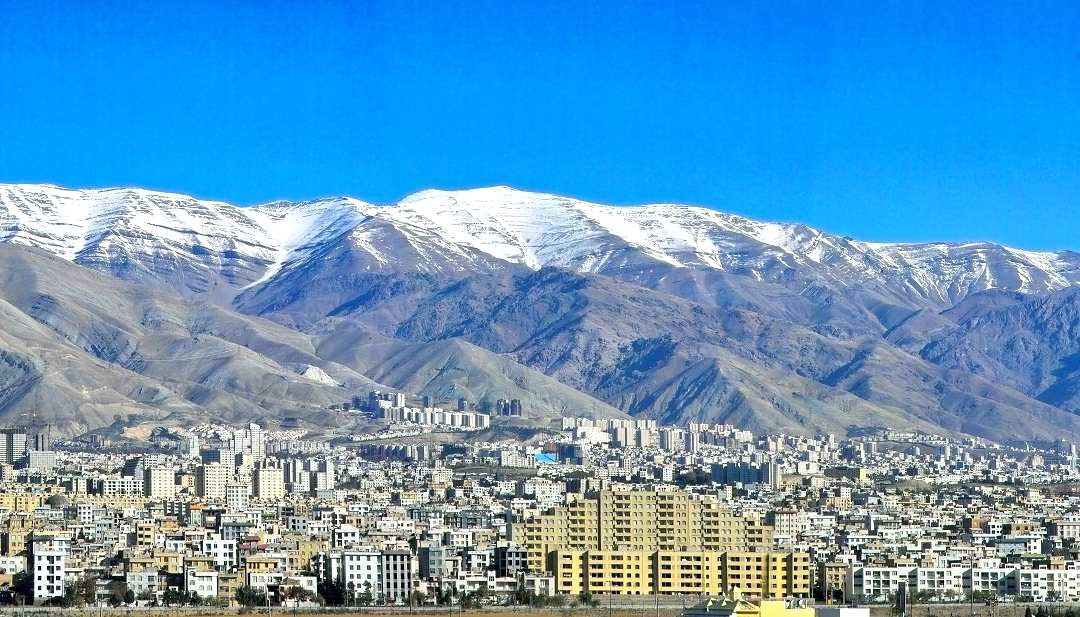Tehran Climate

Tehran features a semi-arid, continental climate (Koppen climate classification: BSk). The northern parts can reach a mediterranean climate (Csa) bordering humid continental (Dsa). Tehran's climate is largely defined by its geographic location, with the towering Alborz Mountains to its north and the central desert to the south. It can be generally described as mild in the spring and autumn, hot and dry in the summer, and cold in the winter. Because the city is large with significant differences in elevation among various districts, the weather is often cooler in the hilly north than in the flat southern part of Tehran. For instance, the 17.3 km (10.7 mi) Vali E Asr street runs from the Tehran's railway station than, 1,117 m (3,665 ft) elevation above sea level, in the south of the city to the Tajrish square, 1,612 m (5,289 ft) elevation above sea level, in the north.[citation needed] However, the elevation can even rise up to 1,900 m (6,200 ft) at the end of the Velenjak street in the north of Tehran.
Summer is usually hot and dry with very little rain, but relative humidity is generally low and the nights are cool. Most of the light annual precipitation occurs from late autumn to mid-spring, but no one month is particularly wet. The hottest month is July, mean minimum temperature 26 °C (79 °F); mean maximum temperature 36 °C (97 °F), and the coldest is January, mean minimum temperature −1 °C (30 °F); mean maximum temperature 8 °C (46 °F).
Although Tehran enjoys a more moderate climate than other parts of the country, the weather can sometimes be unpredictably harsh. The record high temperature is 43 °C (109 °F) and the record low is −17 °C (1 °F). On January 5 and 6, 2008, after years of relatively little snow, a wave of heavy snow and low temperatures covered the city in a thick layer of snow and ice, forcing the Council of Ministers to officially declare a state of emergency and closing down the capital on January 6 and 7.
In February 2005, heavy snow covered all of part of the city. Snow depth was 15 cm (6 in) in south part of the city and 100 cm (39 in) in the north of city. One newspaper said it had been the worst weather for 34 years. 10,000 bulldozers and 13,000 municipal workers deployed to keep the main roads open.
Tehran has seen an increase in relative humidity and annual precipitation since the beginning of the 21st century. This is most likely because of the afforestation projects, which also include expanding parks and lakes. The northern parts of Tehran are still more lush than the southern parts.
Tehran's climate can be described to have some monsoon influences; the summers are very dry, and the spring and fall are rather lush, with the main precipitation occurring at this time.
On January 21, 2012, the local weather experienced a turbulence unanticipated by weather forecasts. That day, the temperate fell to −17 °C (1 °F) and remained for 3 days at −10 °C (14 °F).
.....
.....
.....

.jpg)



























